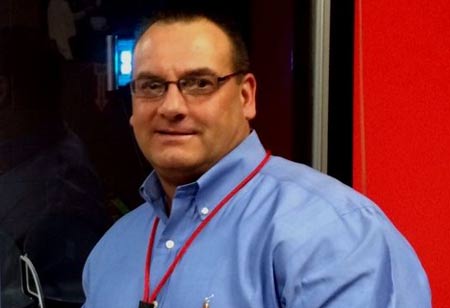My food manufacturing journey started in 2006 in dairy manufacturing, which progressed into juice manufacturing, RTE, non-RTE, desserts, proteins, and bakeries, and in each manufacturing environment, Clean In Place (CIP) systems were prevalent in one way or another.
My first job was in the dairy, where I managed our clean-out-of-place (COP) tank, and later, I started training to operate our three separate CIP systems. When I transitioned into the juice processing environment, I was inundated with even more CIP than the dairy facility I had worked at. Later in my career, when I eventually began assessing sanitation programs and CIP/COP systems, I realized (industry-wide) that there weren’t enough trained personnel to properly operate or maintain these systems. As such, mis-designation of these systems started to occur (CIP to ACS – Assisted Cleaning System).
This mis-designation was directly correlated to the lack of knowledge and understanding of CIP systems. Another factor that appears to be contributing to this is experienced persons leaving or retiring from the industry and/or lack of
proper training platforms, thus severely limiting the industry-wide “pool” of CIP SMEs. As my career progressed, I realized how critical these systems are and, ultimately, how “misunderstood” they are becoming and the problems that can arise from that misunderstanding. My observations have led me to understand possibly one type of reasoning for re-designation of these systems. During regulatory audits, when a facility states they do not have a CIP system but an ACS system, the section addressing CIP in the audit process is, at times, bypassed (which also leads to questions concerning the auditor's understanding of what a CIP system truly is).
"Proper training courses concerning CIP systems are hard to come by, and the few available courses touch the surface of what these systems are and how to operate and maintain them."
Our industry understands that any cleaning process or procedure needs to be verified and validated, and that is no different for CIP systems.
Certain parameters (time, temperature, conductivity, and flow) need to be met and automatically monitored (digitally or through circular chart recording) to ensure the system operates as it is designed and the targeted vessels and production lines are cleaned properly. Without monitoring these parameters, the validation of the efficacy of the system is drastically reduced as there is no way to ensure your system is performing in the manner it was designed to. Another reason is simply the lack of knowledge concerning CIP systems; there is an old saying,
you don’t know what you don’t know applies as people can only work and learn from the information they have on hand. The harsh reality is that these systems, (when not properly designed, cleaned, validated, and maintained, can possibly contribute to product contamination, which obviously brings a host of other implications.
Proper training courses concerning CIP systems are hard to come by, and the few available courses touch the surface of what these systems are and how to operate and maintain them. The only real way to learn these systems is to spend time learning them from an in-depth training program or working with experienced CIP operators, and they are becoming scarcer as time goes by. Skilled positions in manufacturing facilities as a “CIP Operator” would assist in that regard, as that would require proper time and training.
CIP systems were first developed in the 1960s to assist facilities in cleaning efficacy, safety, and time management, and ever since then, CIP has become the industry standard term and can be found everywhere. As the food industry moves forward and regulations institute change, be careful when a decision is made to label CIP systems something else, just bypass a monitoring or a regulatory process.
We need these systems to save time, labor, money, and water usage, enhance safety, as well as help food manufacturing companies produce more and, more importantly, safe, sellable products.


